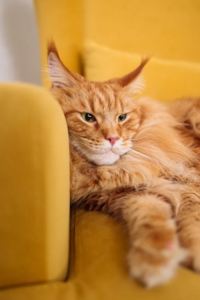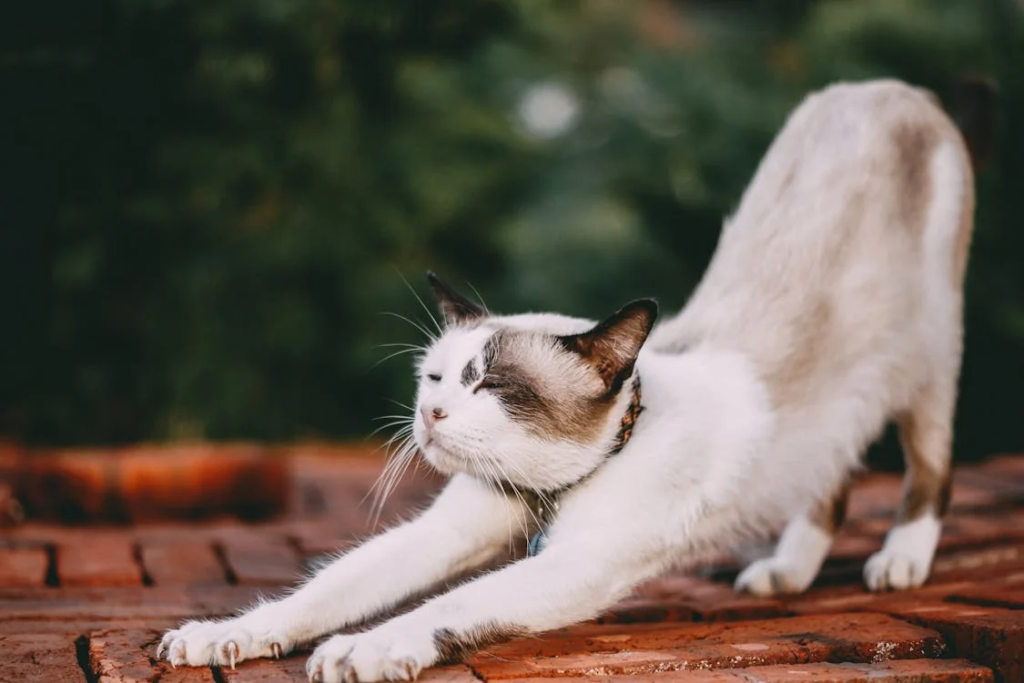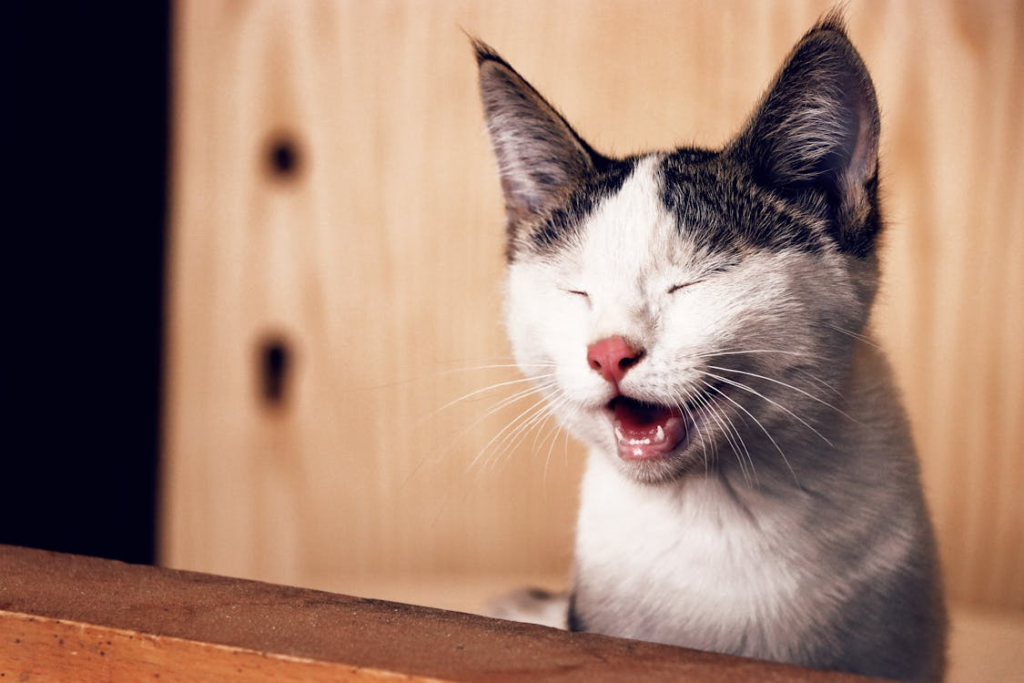Introduction
Meet the Ragdoll, a breed that’s as cuddly as it is gorgeous. These blue-eyed beauties are known for their laid-back personalities and striking looks. In this guide, we’ll dive deep into the world of Ragdoll cats, covering everything from their interesting history to how to keep them happy and healthy. So grab a cup of coffee and let’s get to know these fantastic felines!
The Fascinating History of Ragdoll Cats
Believe it or not, Ragdolls are a relatively new breed in the cat world. Let’s take a quick trip down memory lane to see how these cuddly cats came to be.
The Birth of a Breed
- Created in the 1960s by Ann Baker in California
- Named for their tendency to relax and go limp when held
From Controversy to Recognition
- Early development surrounded by myths and controversy
- Gained recognition from major cat registries in the 1990s
Rise to Popularity
- Quickly became one of the most popular cat breeds worldwide
- Known for their dog-like personalities and striking appearance
Physical Characteristics: What Makes a Ragdoll a Ragdoll?
Ragdolls are hard to miss with their stunning looks. Here’s what sets them apart from other breeds:
Size and Body Type
- Large cats: males can weigh 15-20 pounds, females 10-15 pounds
- Muscular build with a rectangular body shape
That Famous Face
- Large, expressive blue eyes
- Broad, wedge-shaped head with a flat plane between the ears
- Medium-sized ears with rounded tips
Coat and Colors
- Semi-long, silky coat with minimal undercoat
- Six main color patterns: seal, blue, chocolate, lilac, red, and cream
- Four main patterns: colorpoint, mitted, bicolor, and van
The Ragdoll Personality: Why Everyone’s Falling in Love
Ragdolls aren’t just pretty faces – their personalities are what really make them stand out. Here’s what you can expect from these gentle giants:
Temperament Traits
- Affectionate and people-oriented
- Calm and relaxed – they’re not your typical high-energy cat
- Adaptable to various living situations
Social Butterflies
- Love being around their humans
- Generally good with children and other pets
- Often described as “dog-like” in their devotion
Intelligence and Trainability
- Smart cookies who can learn tricks and commands
- Respond well to positive reinforcement
- Enjoy interactive toys and puzzle feeders
Caring for Your Ragdoll: Keeping Your Gentle Giant Happy and Healthy
Ragdolls might be low-maintenance in terms of personality, but they still need proper care to thrive. Here’s how to keep your Ragdoll in tip-top shape:
Grooming Needs
- Brush 2-3 times a week to prevent matting
- Occasional baths (every few months) to keep the coat shiny
- Regular nail trims and dental care
Diet and Nutrition
- High-quality, protein-rich cat food
- Watch portion sizes to prevent obesity
- Fresh water always available
Exercise and Play
- Interactive toys to keep them mentally stimulated
- Cat trees and scratching posts for climbing
- Short play sessions throughout the day

Health Considerations: What to Watch Out For
Like all breeds, Ragdolls can be prone to certain health issues. Being aware of these can help you catch any problems early:
Common Health Concerns
Hypertrophic Cardiomyopathy (HCM)
- Genetic heart condition common in Ragdolls
- Regular vet check-ups and genetic testing recommended
Bladder Stones
- More common in Ragdolls than some other breeds
- Proper diet and hydration can help prevent this issue
Dental Problems
- Regular teeth brushing and dental check-ups are important
Obesity
- Due to their laid-back nature, Ragdolls can easily become overweight
- Proper diet and exercise are crucial
For more information on feline health, consult the Cornell Feline Health Center.
Bringing a Ragdoll Home: What You Need to Know
Thinking of adding a Ragdoll to your family? Here’s what to consider:
Finding Your Ragdoll
- Choose a reputable breeder or consider adoption
- Ask about health clearances and genetic testing
Preparing Your Home
- Set up a safe, cozy space for your new friend
- Invest in quality cat furniture and toys
Cost Considerations
- Initial cost: $800 to $2,000 for a purebred Ragdoll
- Ongoing expenses: food, litter, vet care, and grooming supplies
For guidance on finding a responsible breeder, check out the Cat Fanciers’ Association.
Living with a Ragdoll: Day-to-Day Life
What’s it really like to share your home with a Ragdoll? Here’s a glimpse into daily life:
A Typical Day
- Lots of cuddle time and lap-sitting
- Gentle play sessions
- Following you around the house
Ragdolls in Different Households
- Great for families with children
- Adaptable to apartment living or larger homes
- Can be good companions for seniors due to their calm nature
Ragdoll Quirks and Fun Facts
- Many Ragdolls enjoy water and may even join you in the shower!
- They’re known for their soft, chirp-like vocalizations
- Despite their size, they often think they’re small enough to fit in tiny spaces
Conclusion: Is a Ragdoll Right for You?
Ragdolls are truly special cats that can bring a lot of joy and love into your life. With their striking looks, gentle personalities, and affectionate nature, it’s no wonder they’ve become one of the most popular cat breeds. If you’re looking for a laid-back, cuddly companion who’ll be by your side through thick and thin, a Ragdoll might just be your perfect match.
Remember, while Ragdolls are generally easy-going, they still need your time, attention, and care. If you’re ready for a furry friend who’ll shower you with love and possibly steal your heart (and your favorite chair), then a Ragdoll could be the purr-fect addition to your family!






